Saint of the Day – 29 April – St Peter of Verona OP (1205–1252) also known as St Peter Martyr – Priest and Friar of the Order of Preachers, a celebrated Preacher, Miracle-worker, Marian devotee. He served as Inquisitor in Lombardy, was murdered by an assassin and was Canonised 11 months after his death, making his, the fastest Canonisation in history. Patronages – inquisitors, midwives, Castelleone di Suasa, Italy, Verona, Italy, Diocese of, Guaynabo, Puerto Rico. St Peter is the the first Canonised Martyr of the Dominican Order.
In the English-speaking part of the world especially, all too little is known about this illustrious Friar Preacher. Possibly this is in part due to the well-known bias in England against the old-time inquisition, which spread thence into the colonies founded by that country, for Saint Peter was closely connected with that institution. Indeed, by not a few he is considered as a man without a heart. Yet he was most compassionate. His character was rounded out by an admirable strength of will and a mind so judiciously balanced that he neither shrank from duty, whatever the sacrifice, or even danger, it involved, nor allowed his heart to control his judgement.
Father Thomas Agni of Leontino, another noted Dominican, archbishop of Cosenza and later patriarch of Jerusalem, was the first to write a life of the blessed martyr. His testimony should he all the more reliable because he lived for many years with Saint Peter of Verona, had been his superior and was an eye-witness of the principal events in his life. The work shows no signs of undue predilection. Agni’s original manuscript was for long years at Saint Mark’s Convent, Florence. Another, with some additions by Father Ambrose Taegio, was preserved in the Convent of Nostra Donna delle Grazie, Milan.
Peter was born in Verona, Italy in 1205, of parents who had embraced the heresy of Cartharism but he did attend a Catholic school. He was educated at the University of Bologna and was accepted into the Dominican Order by Dominic himself. 
Because the Dominicans were theologically trained preachers, the popes entrusted the Inquisition to them. In 1234, Pope Innocent IV recognised Peter’s virtues (severity of life and doctrine, talent for preaching, and zeal for the orthodox Catholic faith) and appointed him Inquisitor in Lombardy. He spent about six months in that office and it is unclear whether he was ever involved in any trials. His one recorded act was a declaration of clemency for those confessing heresy or sympathy to heresy. In 1251 his jurisdiction was extended to most of northern Italy. Although he attracted huge crowds with his preaching, as an inquisitor he also made enemies.
Marvellously filled with the gifts of the Holy Spirit, he laboured continually for the propagation and defence of the true faith, being zealous for its promotion among the people. To this end he established the Association of the Faith and the Confraternity of the Blessed Virgin Mary. He was a fervent of promoter of community and fraternal life and served the brethren wisely as a prior. He was also greatly solicitous for the spiritual good of the sisters, lovingly assisting them with his advice and exhortations to their spiritual benefit.
In his sermons he denounced heresy and also those Catholics who professed the Faith by words but acted contrary to it in deeds. Crowds came to meet him and followed him, conversions were numerous, including many Cathars who returned to orthodoxy.
Because of this, a group of Milanese Cathars conspired to kill him. They hired an assassin, one Carino of Balsamo. Carino’s accomplice was Manfredo Clitoro of Giussano. On 6 April 1252, when Peter was returning from Como to Milan, the two assassins followed Peter to a lonely spot near Barlassina and there killed him and mortally wounded his companion, a fellow friar named Domenico.
Carino struck Peter’s head with an axe and then attacked Domenico. Peter rose to his knees and recited the first article of the Symbol of the Apostles (the Apostle’s Creed). Offering his blood as a sacrifice to God, according to legend, he dipped his fingers in it and wrote on the ground: “Credo in Deum” “I believe in God”, the first words of the Apostles’ Creed. The blow that killed him cut off the top of his head but the testimony given at the inquest into his death confirms that he began reciting the Creed when he was attacked. Domenico was carried to Meda, where he died five days afterwards.
The murderer Carino, renounced heresy, became a Dominican co-operator brother and died with a reputation for sanctity. He is the subject of a local cult as Blessed Carino of Balsamo.
Wherever he went, the deaf, the dumb, the blind, the lame and people sick with every kind of ailment were brought to him. Ordinarily all were benefited by his prayers. They praised God for the power of healing which He had given His servant.
Peter of Verona and with reason, was considered a learned doctor. Yet he ever continued to store his mind with new knowledge, whether through prayer, meditation, or reading the Sacred Writings. The example which he set his religious brethren showed them by what means they could perfect themselves in their state of life and make themselves useful to the Church. Never did his degree of Master in Sacred Theology cause him to neglect study. Study never prevented him from being the first at all the regular exercises. Well did he know how to combine the practices of the cloister with the labours of the apostolic life.
In private conversation, just as in his sermons, he stimulated the faithful with his personal sentiments of love for the Blessed Virgin. Because of his influence in their favour the Servites (they were investigated to ensure their orthodoxy) have ever regarded Peter of Verona in the light of a second founder of their order. After his Canonisation, they placed him on the list of their holy patrons and protectors.
The Bull of Canonisation was sent at once to all bishops and ecclesiastical superiors, with an order that the feast of Peter of Verona should he celebrated every year on 29 April. This day was chosen for the celebration because that of his martyrdom, 6 April often falls in Holy Week, or within the octave of Easter. Alexander IV and several of his successors, prescribed that the feast should he of the same obligation as that of Saint Dominic. Finally, Clement X, by a papal decree, ordered that the feast of Saint Peter Martyr should have the rank of a duplex for the whole Church. This was in 1670 and the practice is in use today, wherever the Roman breviary is recited.
However, veneration of Peter of Verona is especially noteworthy in the Order of Friars Preacher and in that of the Servites. It is particularly the case in Italy, the land of his birth, the field of his labours and the place of his holy death. There many are the churches, chapels and confraternities erected in his honour.
The body of the martyr is still preserved and venerated in a magnificent chapel of Saint Eustorgio, Milan. Princes and noblemen of France, Germany, England and Italy (particularly the archbishops of Milan) imitated the king and queen of Cyprus with their rich gifts for the enshrinement of the saint’s relics. At each time of their various translations (1253, 1340, 1651 and 1736) many miracles were wrought. Suffice it to say that the Acta Sanctorum, in the third volume for April, where they treat of our martyr, give a long list of attested wonders worked by him.
Saint Thomas of Aquinas, the Angelic Doctor, was an ardent admirer of Peter of Verona. In 1263 he visited the martyr’s sepulchre. While at Saint Eustorgio’s Convent, the great theologian and poet wrote the following verses in eulogy of the valiant athlete of the faith, which were afterwards engraved on a marble slab and placed near his tomb, where they may still he read:
Here silent is Christ’s Herald.
Here quenched, the People’s Light.
Here lies the martyred Champion
Who fought Faith’s holy fight.
The Voice the sheep heard gladly,
The light they loved to see
He fell beneath the weapons
Of graceless Cathari.
The Saviour crowns His Soldier.
His praise the people psalm.
The Faith he kept adorns him
With martyr’s fadeless palm.
His praise new marvels utter,
New light he spreads abroad
And now the whole wide city
Knows well the path to God.
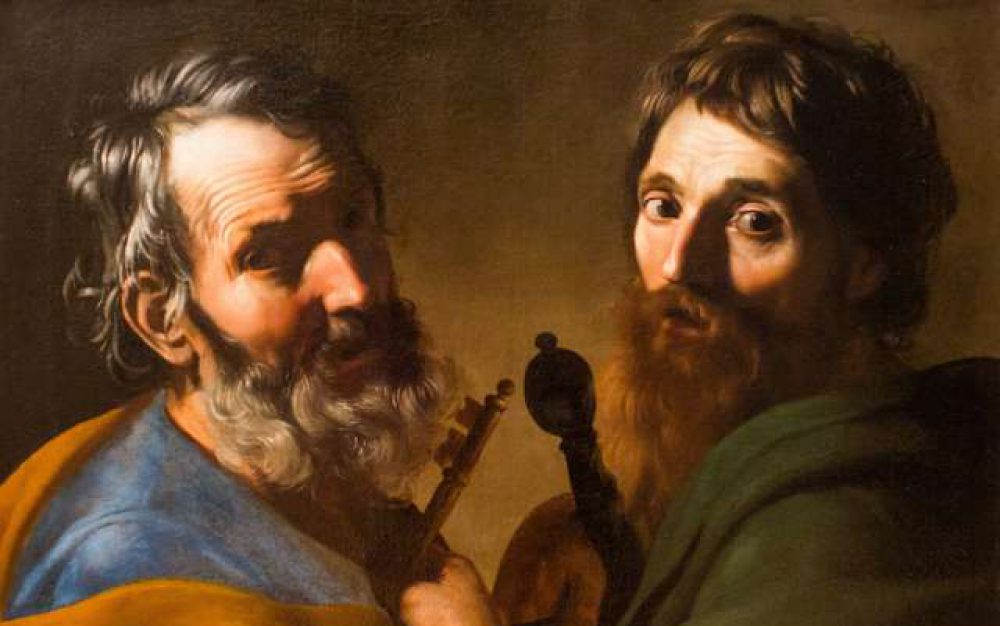





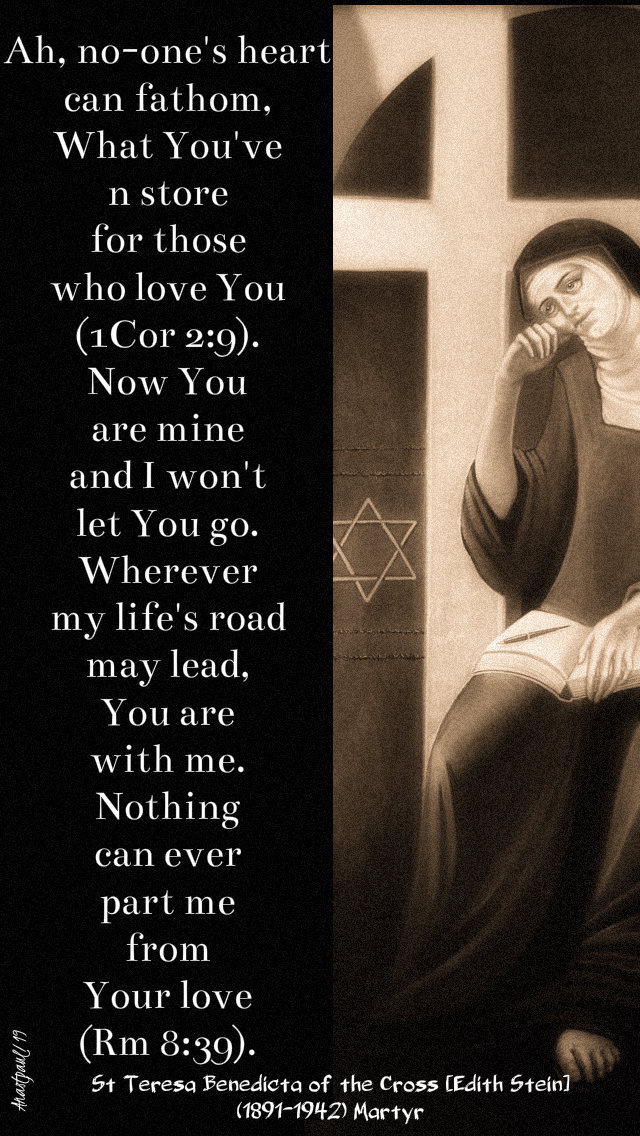



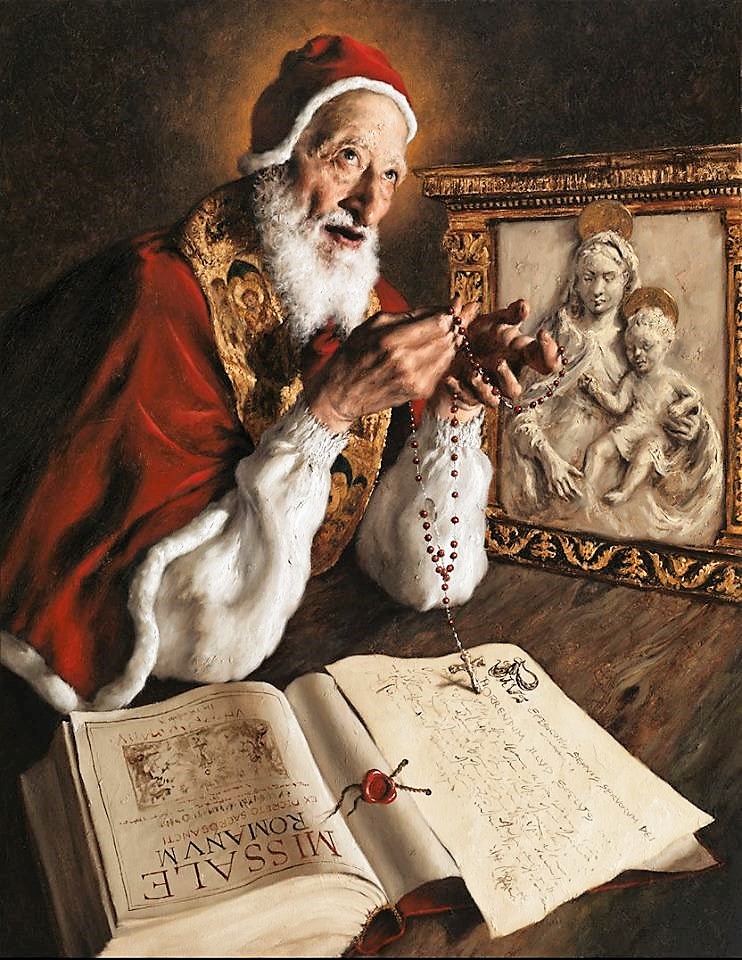 He wore a hair shirt beneath the simple habit of a Dominican friar (for which reason he is often attributed with the institution of the White cassock worn by the Holy Father) and was often seen in bare feet. In the time of a great famine in Rome he imported corn at his own expense from Sicily and France, a considerable part of which he distributed among the poor and sold the rest to the public at a very low price. After the papal election, instead of hosting an elaborate banquet, he ordered that the food be given to people in real need. Tradition holds that he once restored a beggar’s severed foot.
He wore a hair shirt beneath the simple habit of a Dominican friar (for which reason he is often attributed with the institution of the White cassock worn by the Holy Father) and was often seen in bare feet. In the time of a great famine in Rome he imported corn at his own expense from Sicily and France, a considerable part of which he distributed among the poor and sold the rest to the public at a very low price. After the papal election, instead of hosting an elaborate banquet, he ordered that the food be given to people in real need. Tradition holds that he once restored a beggar’s severed foot.
 Although outnumbered, the Holy League famously defeated the Ottomans at the Battle of Lepanto in 1571. St Pius V attributed the victory to the intercession of the Blessed Virgin Mary and instituted the feast of Our Lady of Victory. Biographers report that as the Battle of Lepanto ended, Pius rose and went over to a window, where he stood gazing toward the East. “…Looking at the sky, he cried out, ‘A truce to business, our great task at present is to thank God for the victory which He has just given the Christian army’.”
Although outnumbered, the Holy League famously defeated the Ottomans at the Battle of Lepanto in 1571. St Pius V attributed the victory to the intercession of the Blessed Virgin Mary and instituted the feast of Our Lady of Victory. Biographers report that as the Battle of Lepanto ended, Pius rose and went over to a window, where he stood gazing toward the East. “…Looking at the sky, he cried out, ‘A truce to business, our great task at present is to thank God for the victory which He has just given the Christian army’.”





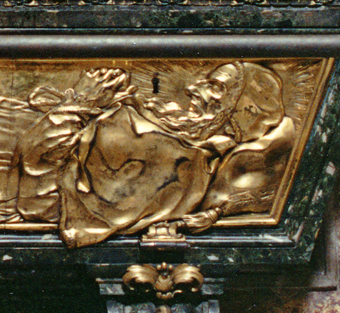
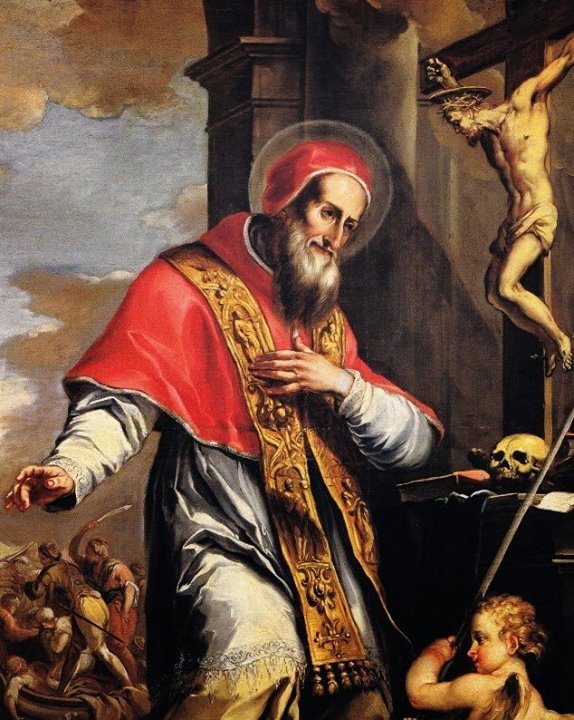

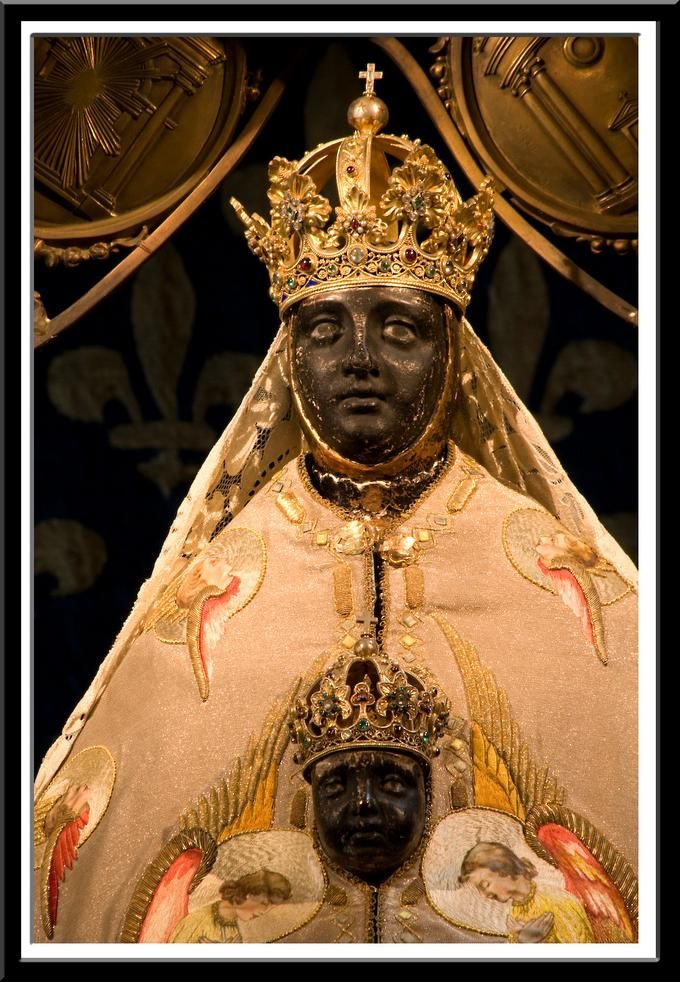



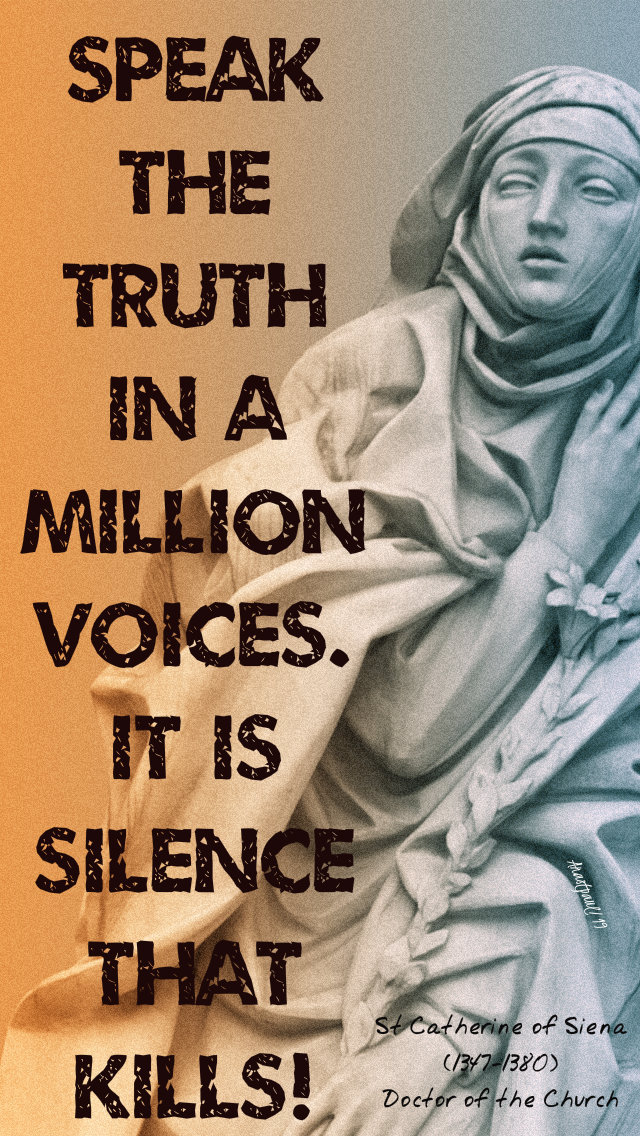

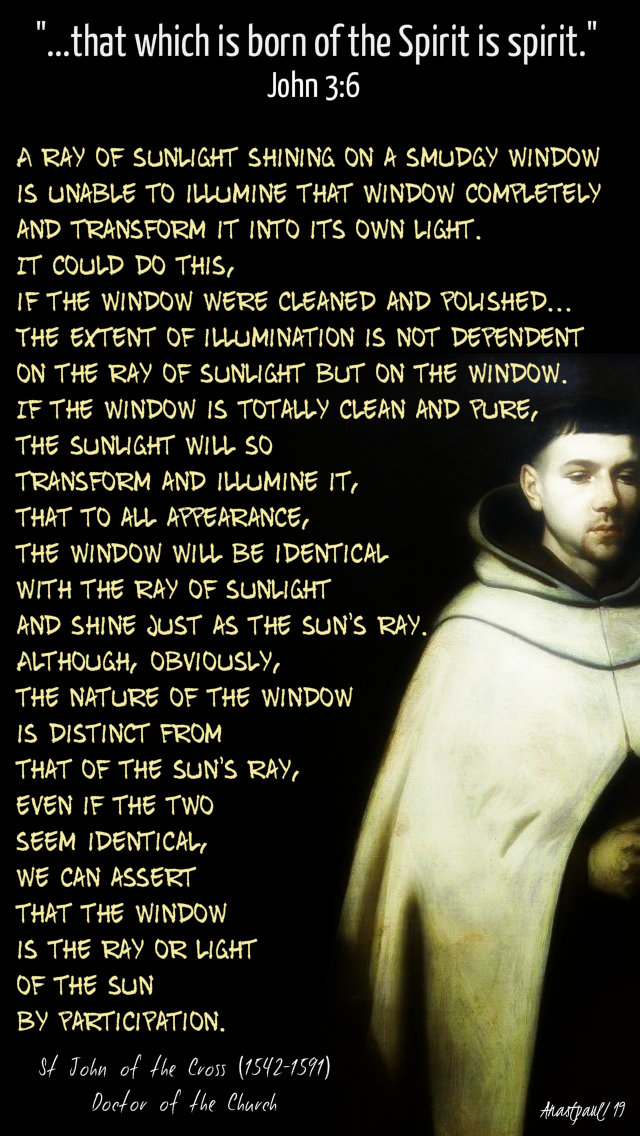












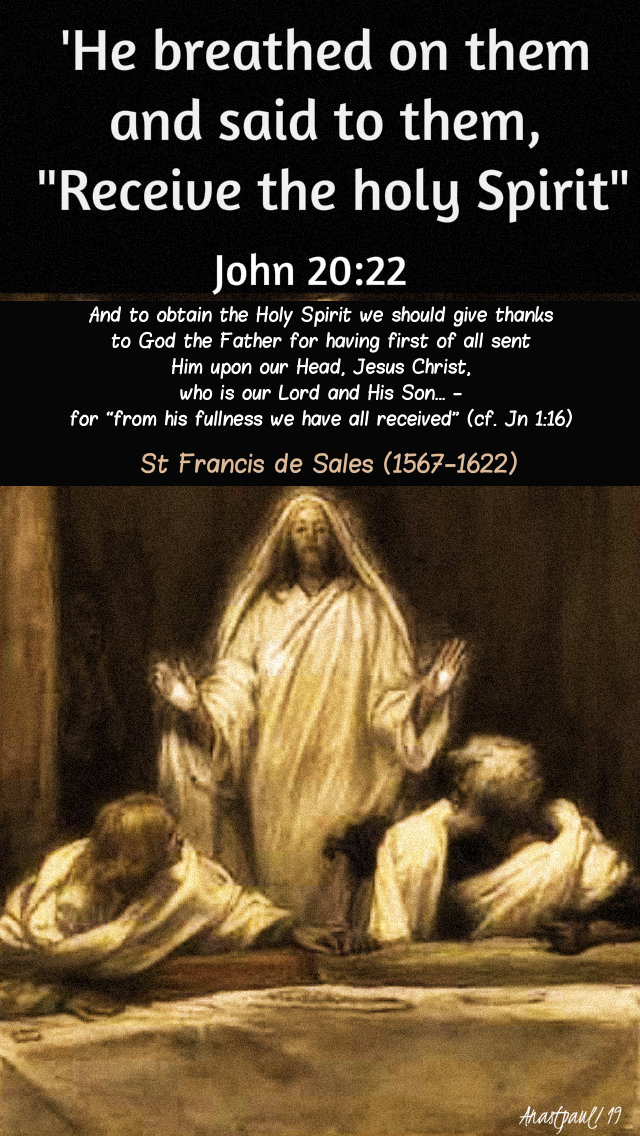
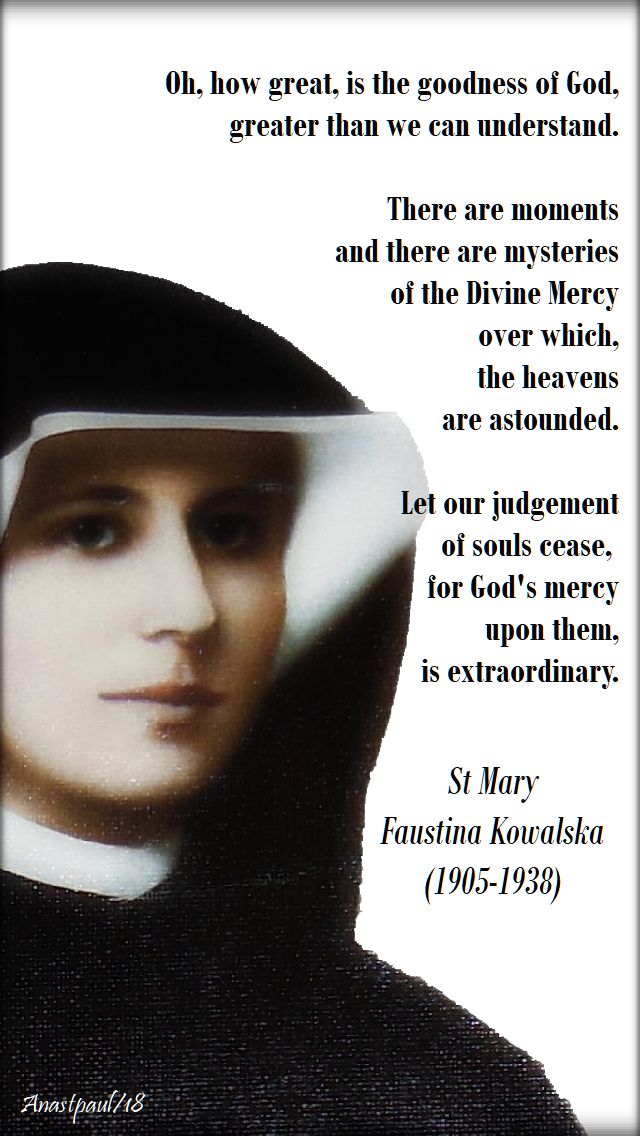




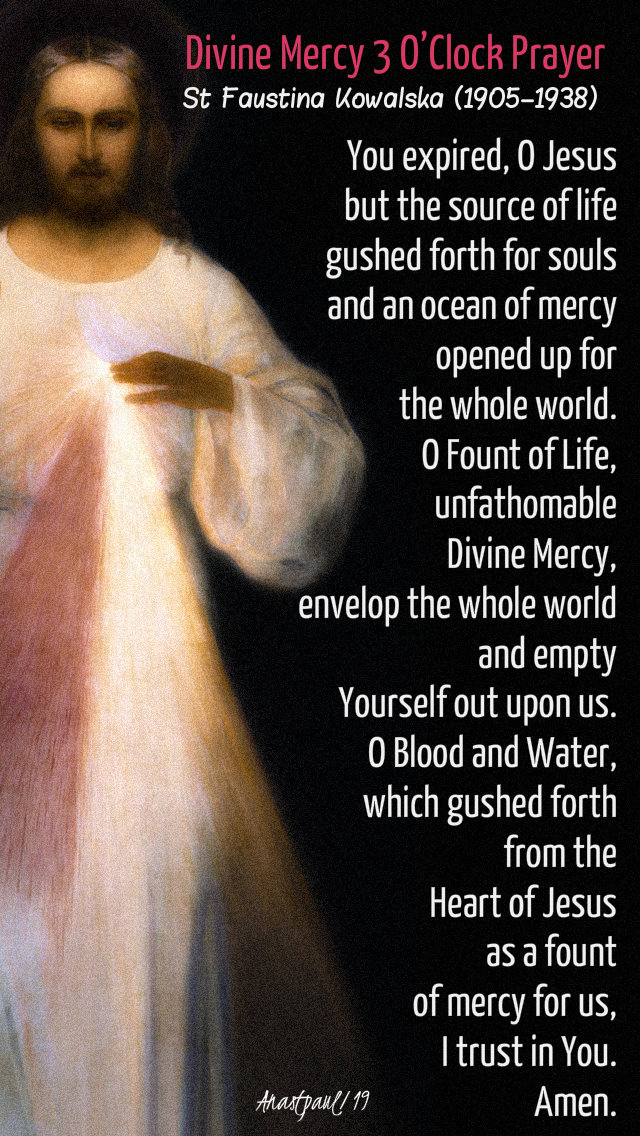
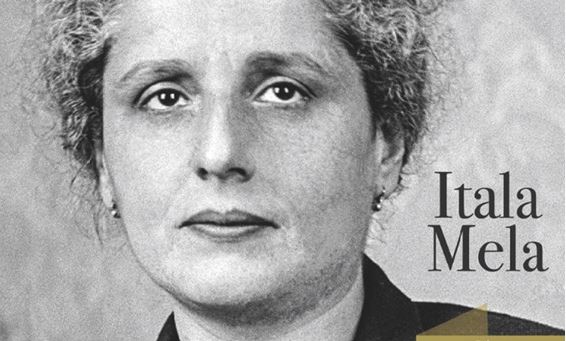


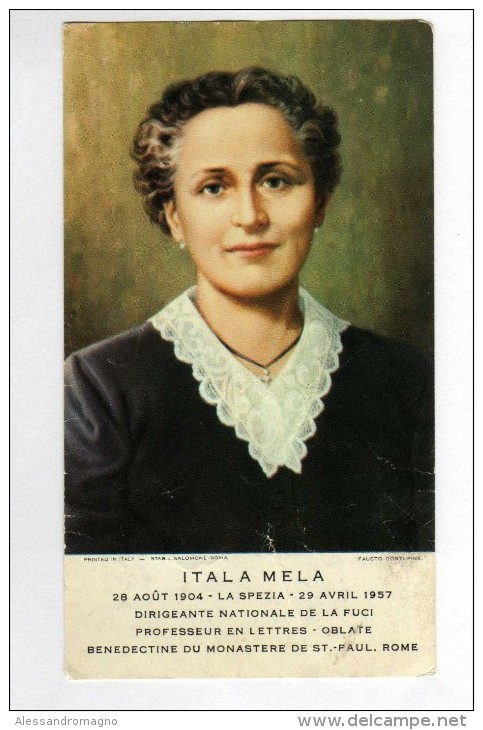
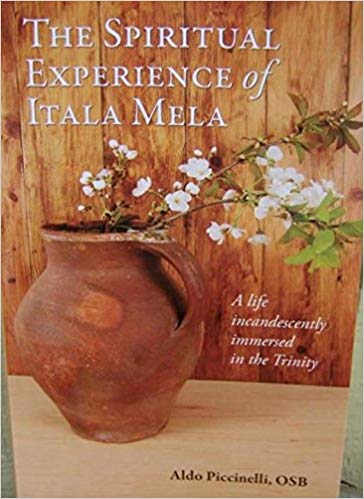
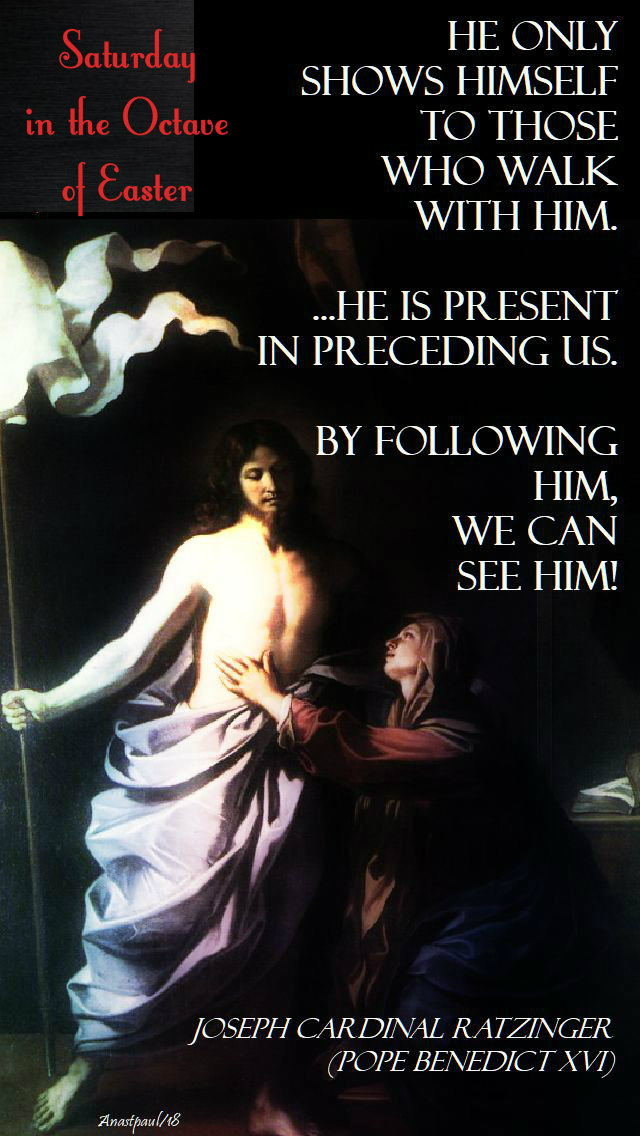

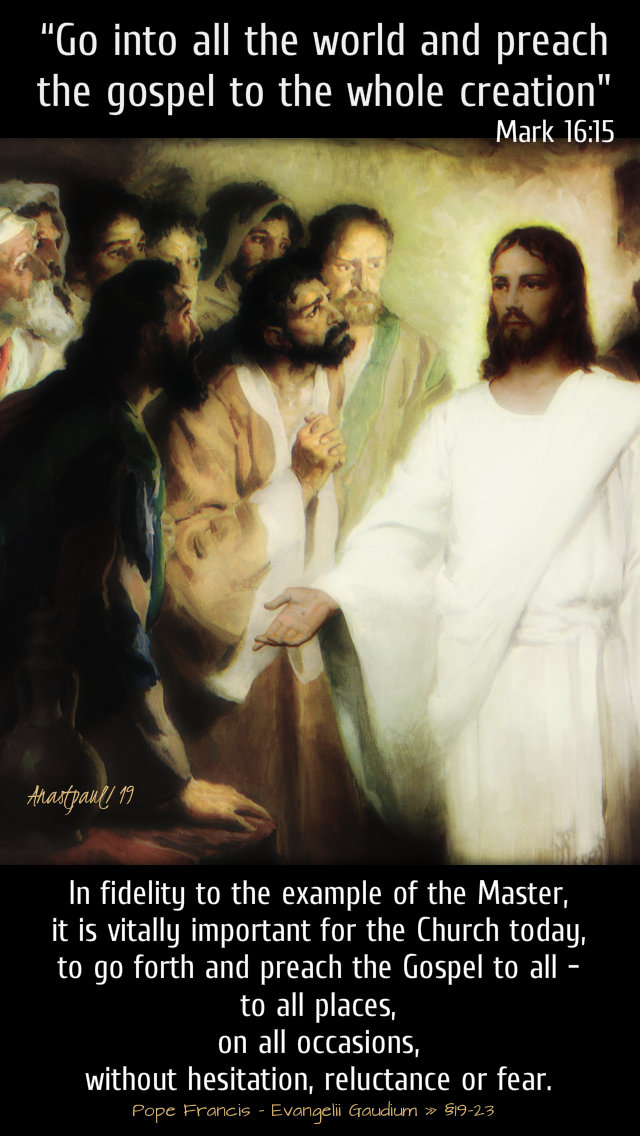





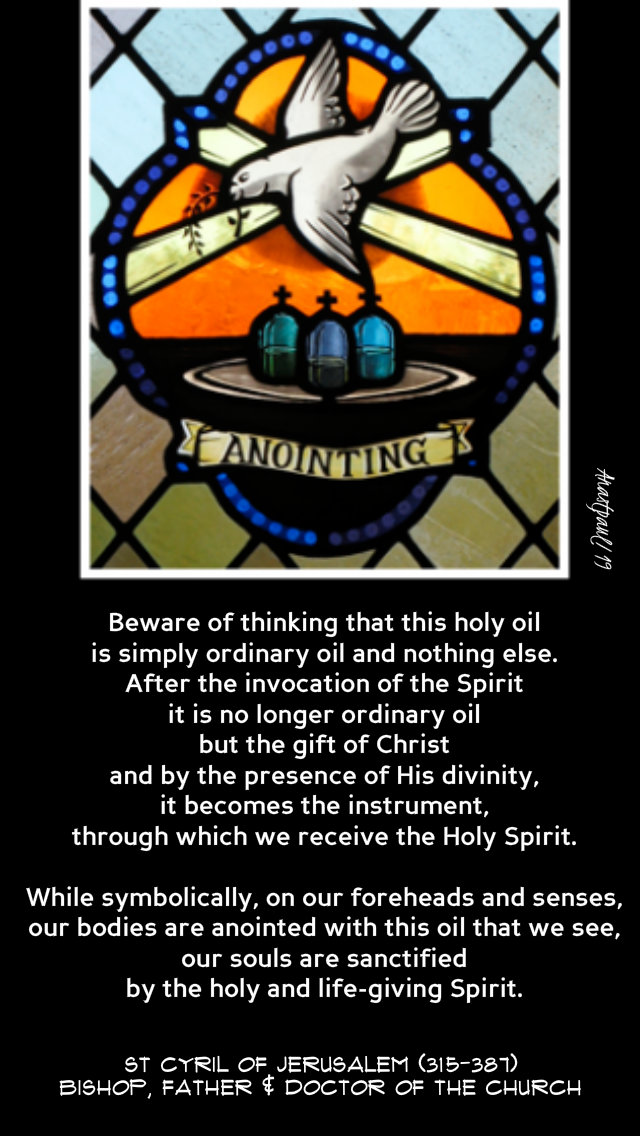
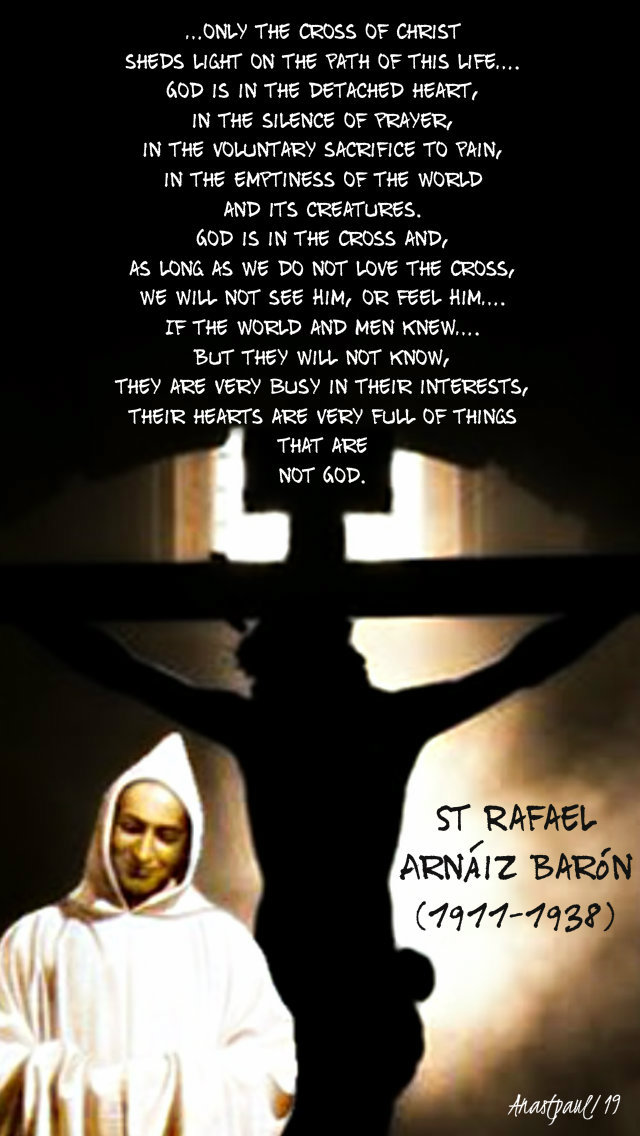


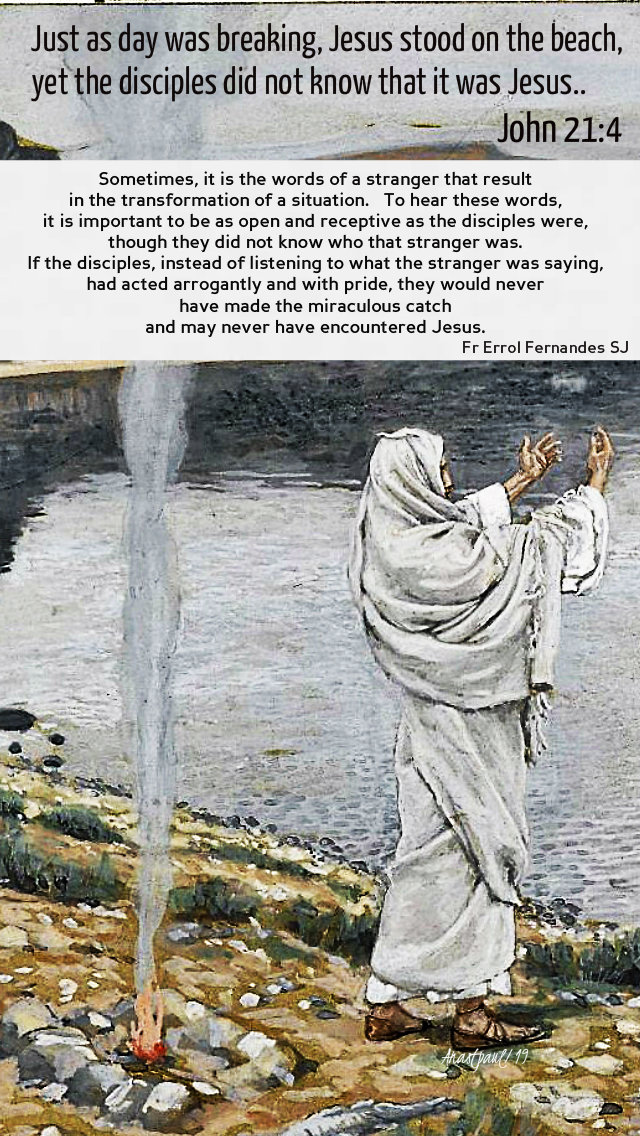
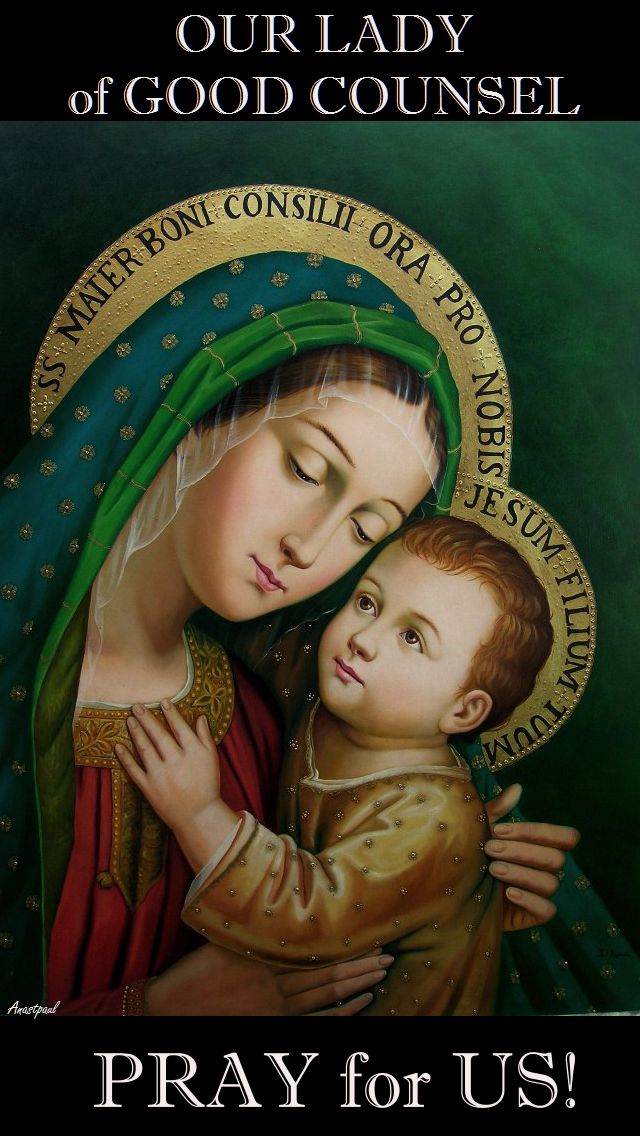




 He also wrote a treatise, titled De Nativitae Sanctae Mariae, regarding the nature of the Virgin Mary and the birth of Jesus Christ. Paschasius probably wrote much more but none of it has survived through the centuries.
He also wrote a treatise, titled De Nativitae Sanctae Mariae, regarding the nature of the Virgin Mary and the birth of Jesus Christ. Paschasius probably wrote much more but none of it has survived through the centuries.
You must be logged in to post a comment.